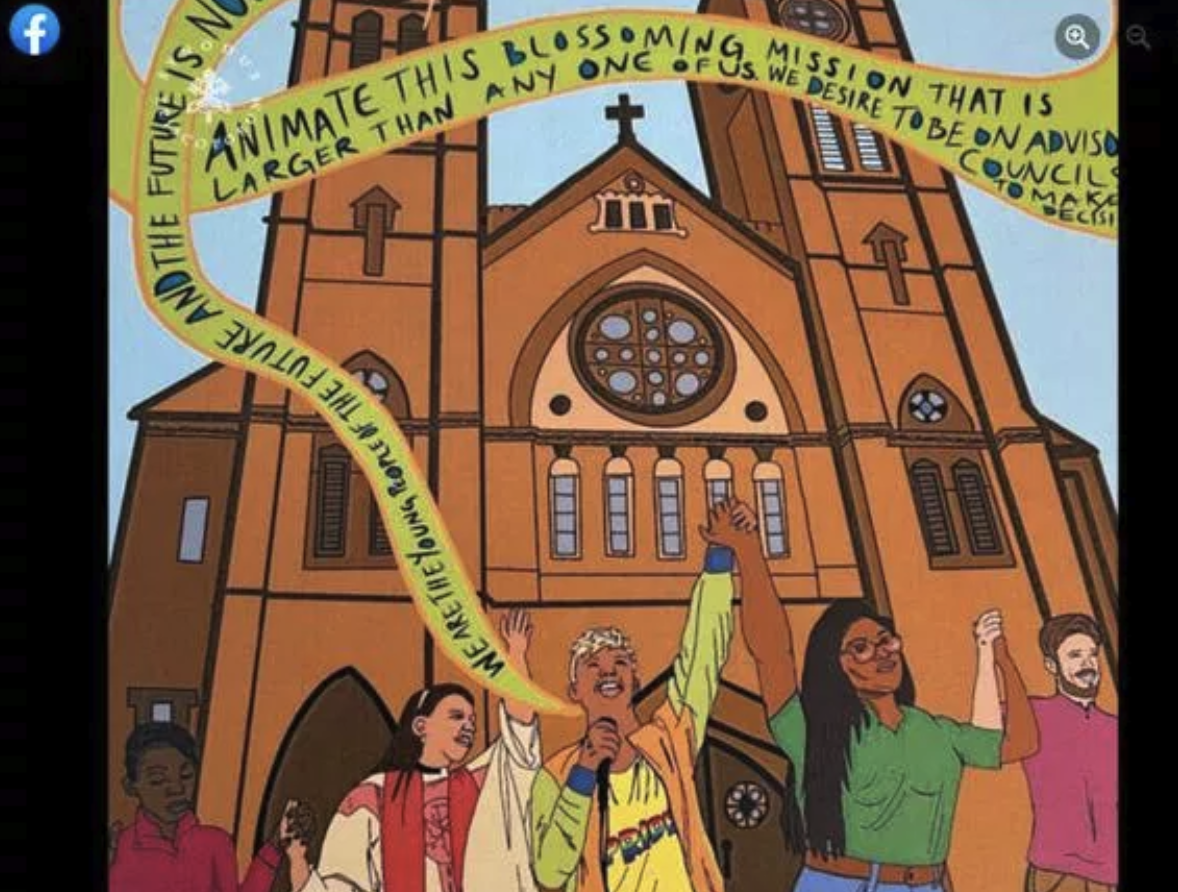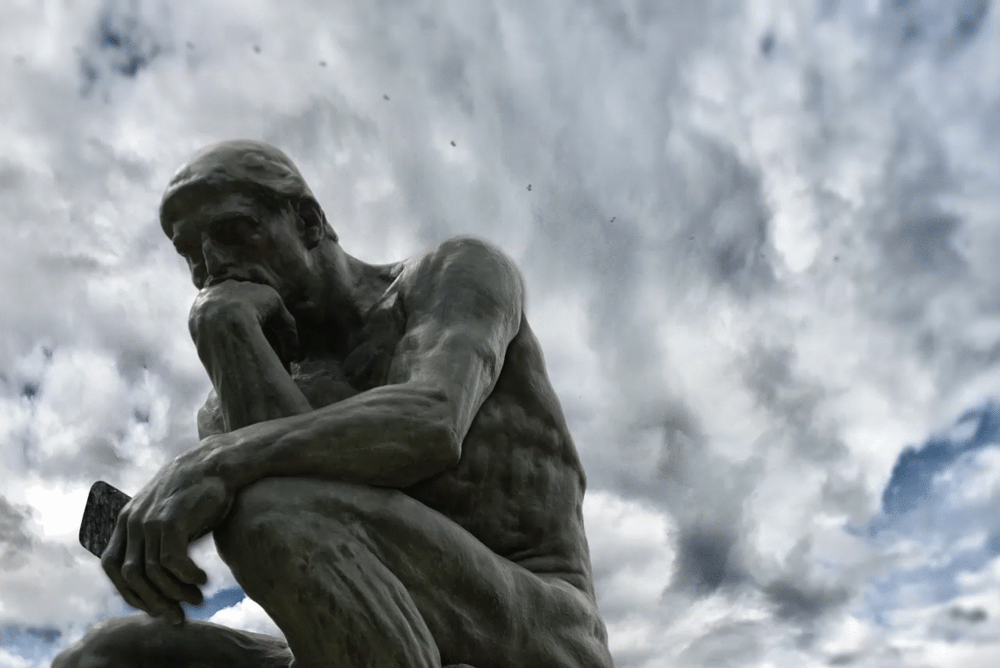Pope Francis’s extraordinary Synod of Bishops, consisting of two meetings last October and the concluding session next October, is dealing with “synodality.”
What? The media and Catholic activists are all energized about such topics as letting women be deacons, or married men be priests, or softened LGBTQ+ policies, or allowing Communion for divorced members who remarry, or for Protestants.
Just possibly something on those might occur next year. But for certain the delegates will try to fill out that mysterious, Zen-like “synodality” term — which means some sort of organizational revamp so male and female lay parishioners are more closely engaged in the life of their church. Some call the whole puzzle Vatican III Lite.
In the flow of comment after the recent first session, Claire Giangravè, Religion News Service’s Vatican correspondent, filed a particularly savvy article on realistic changes required for any substantive doctrinal shifts in that direction. Not a simple process because, as the headline said, “To remake church power in Francis’ vision, synod calls for changes to canon law.”
In the interim leading to next October’s session, The Guy thinks the news media should be tracking down experts on the canon law code, which was revised in 1983 under Pope John Paul II to accommodate the documents from the Second Vatican Council. (Note: Eastern Rite churches in communion with the pope have separate laws.) See a Canon Law Society of America member listing here.
A reminder of the basic realities begins with Catholicism as a supremely hierarchical church centered on Francis’s own office. The code (#331) states that the pope as head of the college of bishops worldwide and the “Pastor of the universal Church on earth … enjoys supreme, full, immediate and universal ordinary power in the Church, which he can always freely exercise.”
Don’t miss the importance of that word “immediate.”










